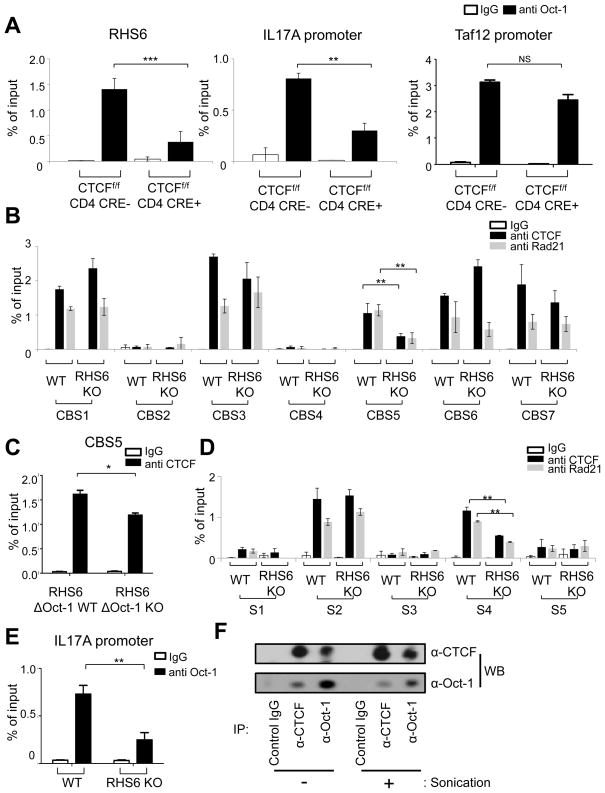Figure 5. The binding of Oct-1 and CTCF to their cognate sites is reduced in the absence of either CTCF or RHS6 in naïve T cells.
(A) ChIP-qPCR for Oct-1 on RHS6, the IL-17A promoter and the Taf12 promoter in CTCFf/f CD4cre- and CTCFf/f CD4cre+ naïve T cells. (B) ChIP-qPCR for CTCF or Rad21 on the Th2 locus in WT and RHS6 KO naïve T cells. (C) ChIP-qPCR for CTCF on CBS5 of the Th2 locus in RHS6ΔOct-1 WT and RHS6ΔOct-1 KO mice naïve T cells. (D) ChIP-qPCR for CTCF or Rad21 on the IL-17 locus in WT and RHS6 KO naïve T cells. (E) ChIP-qPCR for Oct-1 on the IL-17 promoter in WT and RHS6 KO mice naïve T cells. The results were averaged for three independent experiments and represented as mean +/− SEM. The Student t-test was performed (*P < 0.05, **P < 0.01, ***P < 0.001). (F) Co-immunoprecipitation of Oct-1 with CTCF and vice versa. Intact or sonicated cell lysates were incubated with control IgG, anti-CTCF or anti-Oct-1. Co-IP samples were subjected to Western blotting with either anti-CTCF or anti-Oct-1 as indicated. See also Figure S4.

